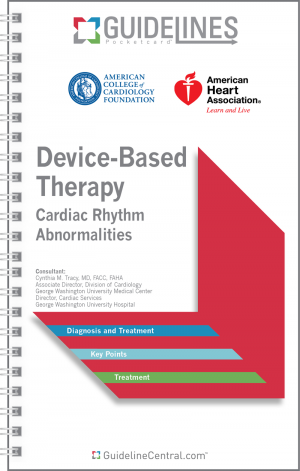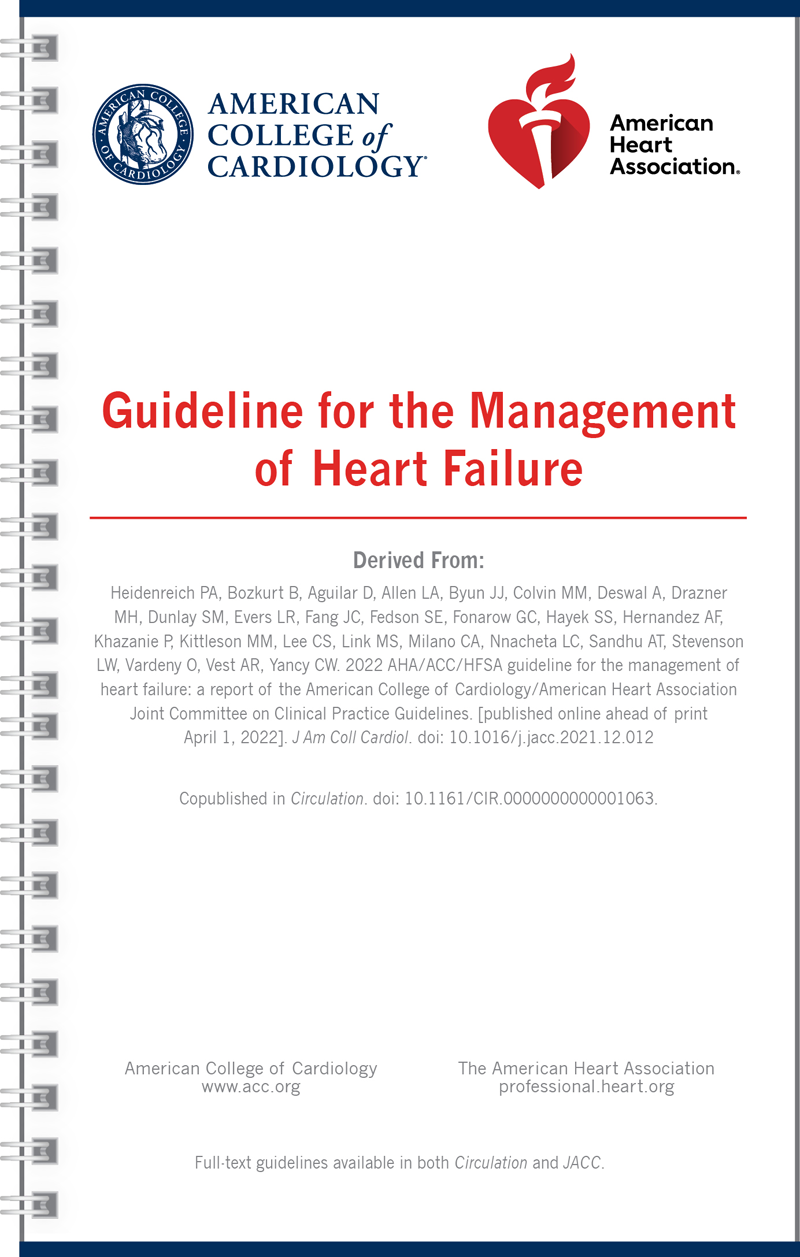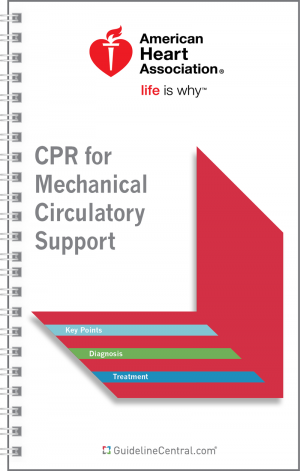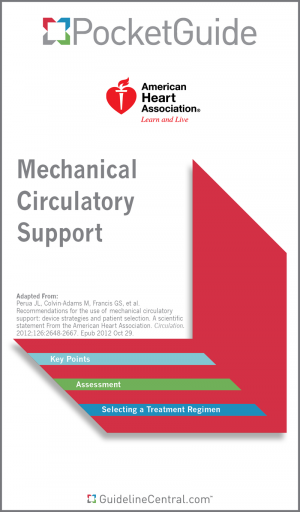Heart Failure
- 80 pages
- Spiral Bound
- 80# Aqueous Coating
- 4.25" x 7.25"
- Ships in 5 – 10 business days
- Overview
- Top 10 Take-Home Messages
- Assessment
- Treatment
- Tables
- Stages of HF
- Classification of HF by LVEF
- Other Potential Nonischemic Causes of HF
- Selected Potential Causes of Elevated Natriuretic Peptide Levels
- Examples of Factors Implicating Possible Genetic Cardiomyopathy
- Potential Barriers to Effective HF Self-Care and Example Interventions
- Commonly Used Oral Diuretics in Treatment of Congestion for Chronic HF
- Selected Prescription Medications That May Cause or Exacerbate HF
- Drugs Commonly Used for HFrEF (Stage C HF)
- Benefits of Evidence-Based Therapies for Patients With HFrEF
- ESC Definition of Advanced HF
- INTERMACS Profiles
- Clinical Indicators of Advanced HF
- Indications and Contraindications to Durable Mechanical Support
- Intravenous Inotropic Agents Used in the Management of HF
- Common Factors Precipitating HF Hospitalization With Acute Decompensated HF
- Suggested Shock Clinical Criteria
- Suggested Shock Hemodynamic Criteria
- Society for Cardiovascular Angiography and Interventions (SCAI) Cardiogenic Shock Criteria
- Important Components of a Transitional Care Plan
- Most Common Co-Occurring Chronic Conditions Among Medicare Beneficiaries With HF (N=4,947,918), 2011
- Risk of HF and Outcomes in Special Populations
- Cancer Therapies Known to Be Associated With Cardiomyopathy
- Risk Factors for Cancer Therapy–Related Cardiomyopathy
- HF Management Strategies Across the Pregnancy Continuum
- Palliative and Supportive Care Domains to Improve Processes of Care and Patient Outcomes
- Figures and Algorithms
- ACC/AHA Stages of HF
- Trajectory of Class C HF
- Classification and Trajectories of HF Based on LVEF
- Diagnostic Algorithm for HF and EF-Based Classification
- Recommendations (Class 1 and 2a) for Patients at Risk of HF (Stage A) and Those With Pre-HF (Stage B)
- Treatment of HFrEF Stages C and D
- Additional Medical Therapies for Patients With HFrEF
- Algorithm for CRT Indications in Patients With Cardiomyopathy or HFrEF
- Additional Device Therapies
- Treatment Approach in Secondary Mitral Regurgitation
- Recommendations for Patients With Mildly Reduced LVEF (41%– 49%)
- Recommendations for Patients With Preserved LVEF (≥50%)
- Diagnostic and Treatment of Transthyretin Cardiac Amyloidosis Algorithm
- Recommendations for Treatment of Patients With HF and Selected Comorbidities
- A Depiction of the Clinical Course of HF With Associated Types and Intensities of Available Therapies Over Time
- For purchases under 100 in quantity, we suggest placing the order directly through the website.
- We offer group/institutional licenses for multi-user accounts (discount amount varies depending on the number of users).
- We are proud to offer special discounts to medical schools, training programs, students and more.
- We offer bulk purchase discounts based on number of copies and number of titles.
Contact Us for more details
Our mission is to build healthier lives, free of cardiovascular diseases and stroke. That single purpose drives all we do. AHA's Professional Membership is a made up of a robust group of cardiovascular professionals who participate in discovery and dissemination of science.
The Heart Failure Society of America, Inc. (HFSA) represents the first organized effort by heart failure experts from the Americas to provide a forum for all those interested in heart function, heart failure, and congestive heart failure (CHF) research...
Description
This resource is for informational purposes only, intended as a quick-reference tool based on the cited source guideline(s), and should not be used as a substitute for the independent professional judgment of healthcare providers. Practice guidelines are unable to account for every individual variation among patients or take the place of clinician judgment, and the ultimate decision concerning the propriety of any course of conduct must be made by healthcare providers after consideration of each individual patient situation. Guideline Central does not endorse any specific guideline(s) or guideline recommendations and has not independently verified the accuracy hereof. Any use of this resource or any other Guideline Central resources is strictly voluntary.
You can also find this product included in these bundles!
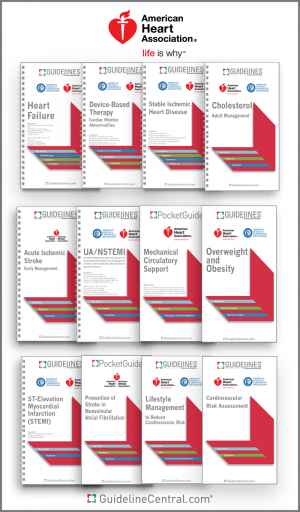
- Coronary Artery Revascularization
- CPR for Mechanical Circulatory Support
- Device-Based Therapy
- Diagnosis and Management of Aortic Disease
- Diagnosis and Treatment of Patients with Hypertrophic Cardiomyopathy
- Early Management of Patients With Acute Ischemic Stroke
- Evaluation and Diagnosis of Chest Pain
- Evaluation and Management of Patients with Bradycardia and Cardiac Conduction Delay
- Evaluation and Management of Patients With Syncope
- Heart Failure
- Management of Adults with Congenital Heart Disease
- Management of Blood Cholesterol
- Management of Patients with Atrial Fibrillation
- Management of Patients with Chronic Coronary Disease
- Management of Patients With Ventricular Arrythmias and the Prevention of Sudden Cardiac Death
- Mechanical Circulatory Support
- Mechanical Circulatory Support — Ambulatory and Community Patient Care
- Non-ST-Elevation Acute Coronary Syndromes
- Perioperative Cardiovascular Evaluation and Management of Patients Undergoing Noncardiac Surgery
- Peripheral Artery Disease Lower Extremity
- Prevention Of Stroke In Nonvalvular Atrial Fibrillation
- Prevention of Stroke In Women
- Prevention, Detection, Evaluation, and Management of High Blood Pressure in Adults
- Primary Prevention of Cardiovascular Disease
- Primary Stroke Prevention
- ST-Elevation Myocardial Infarction (STEMI)
- Stable Ischemic Heart Disease
- Supraventricular Tachycardia
- Valvular Heart Disease
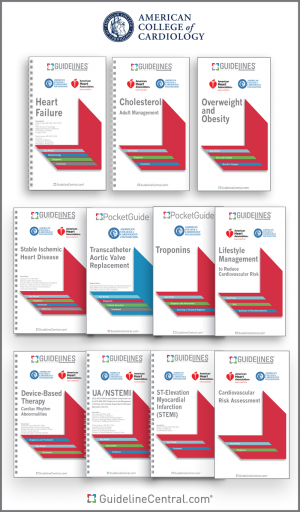
- Coronary Artery Revascularization
- Device-Based Therapy
- Diagnosis and Management of Aortic Disease
- Diagnosis and Treatment of Patients with Hypertrophic Cardiomyopathy
- Evaluation and Diagnosis of Chest Pain
- Evaluation and Management of Patients with Bradycardia and Cardiac Conduction Delay
- Evaluation and Management of Patients With Syncope
- Heart Failure
- Management of Adults with Congenital Heart Disease
- Management of Blood Cholesterol
- Management of Patients with Atrial Fibrillation
- Management of Patients with Chronic Coronary Disease
- Management of Patients With Ventricular Arrythmias and the Prevention of Sudden Cardiac Death
- Non-ST-Elevation Acute Coronary Syndromes
- Perioperative Cardiovascular Evaluation and Management of Patients Undergoing Noncardiac Surgery
- Peripheral Artery Disease Lower Extremity
- Prevention, Detection, Evaluation, and Management of High Blood Pressure in Adults
- Primary Prevention of Cardiovascular Disease
- ST-Elevation Myocardial Infarction (STEMI)
- Stable Ischemic Heart Disease
- Supraventricular Tachycardia
- Valvular Heart Disease
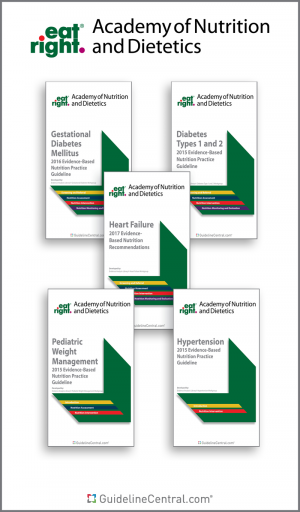
- Adult Weight Management
- Chronic Kidney Disease Evidence-Based Nutrition
- Chronic Obstructive Pulmonary Disease Nutrition Management
- Cystic Fibrosis Evidence-Based Nutrition Recommendations
- Diabetes Medical Nutrition Therapy
- Enteral Nutrition in Preterm Infants
- Gestational Diabetes Mellitus
- Heart Failure
- Hypertension Nutrition Management
- Pediatric Weight Management
Related Guidelines
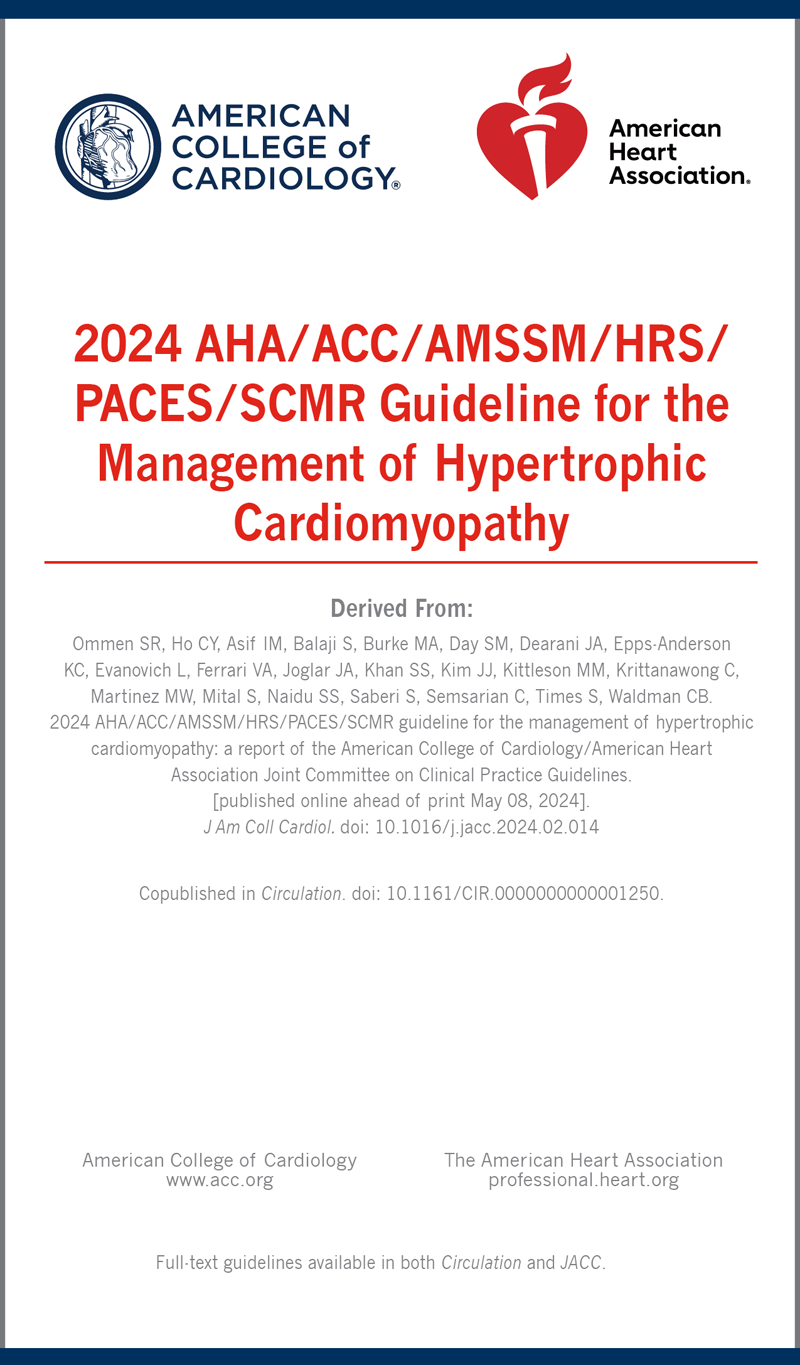
Diagnosis and Treatment of Patients with Hypertrophic Cardiomyopathy
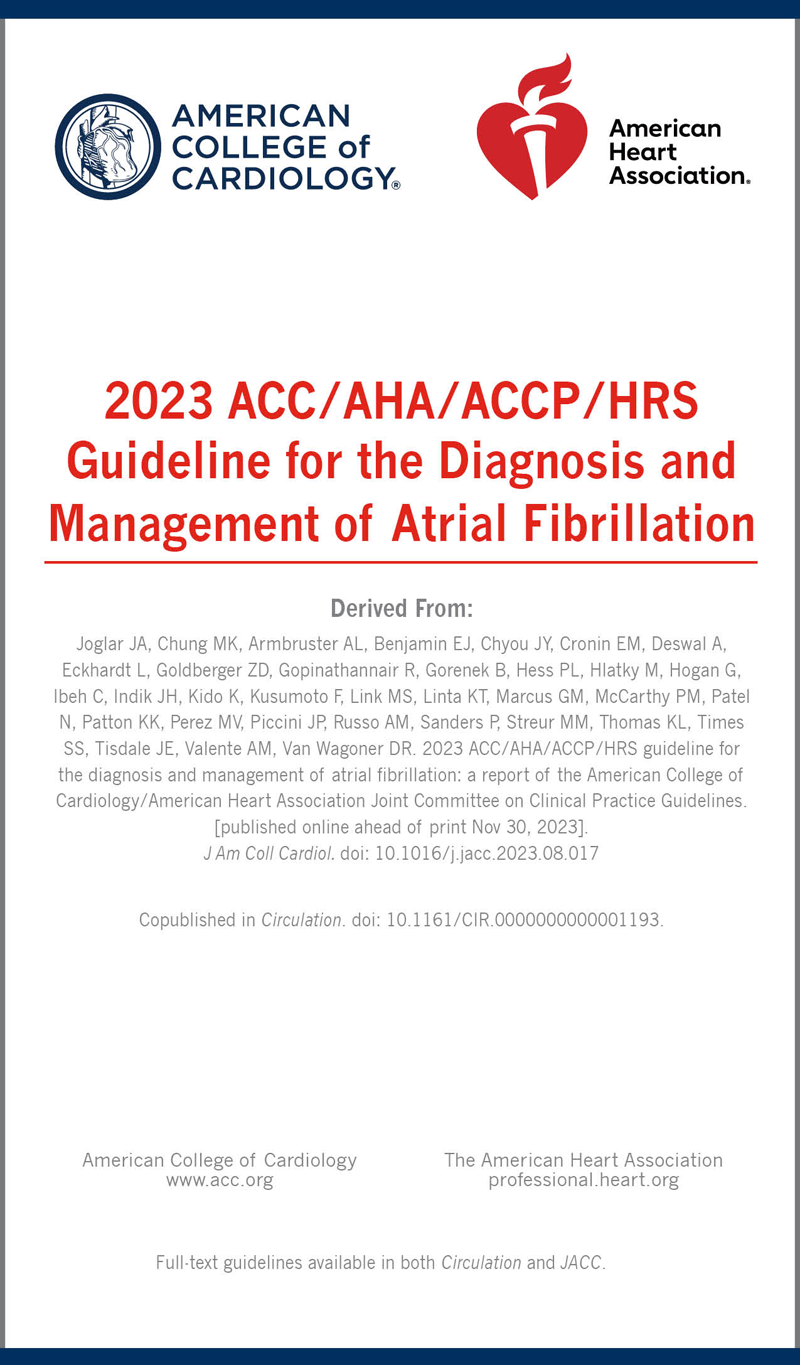
Management of Patients with Atrial Fibrillation
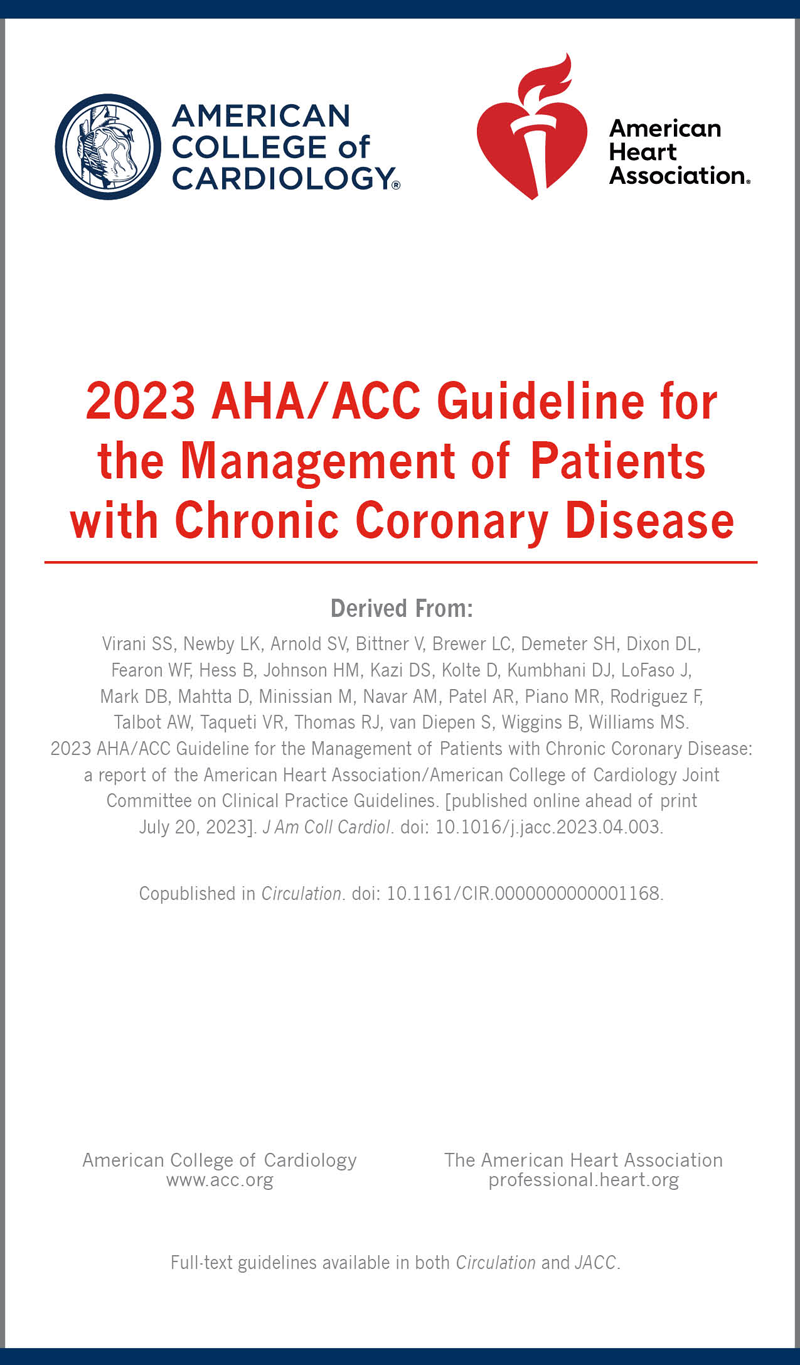
Management of Patients with Chronic Coronary Disease
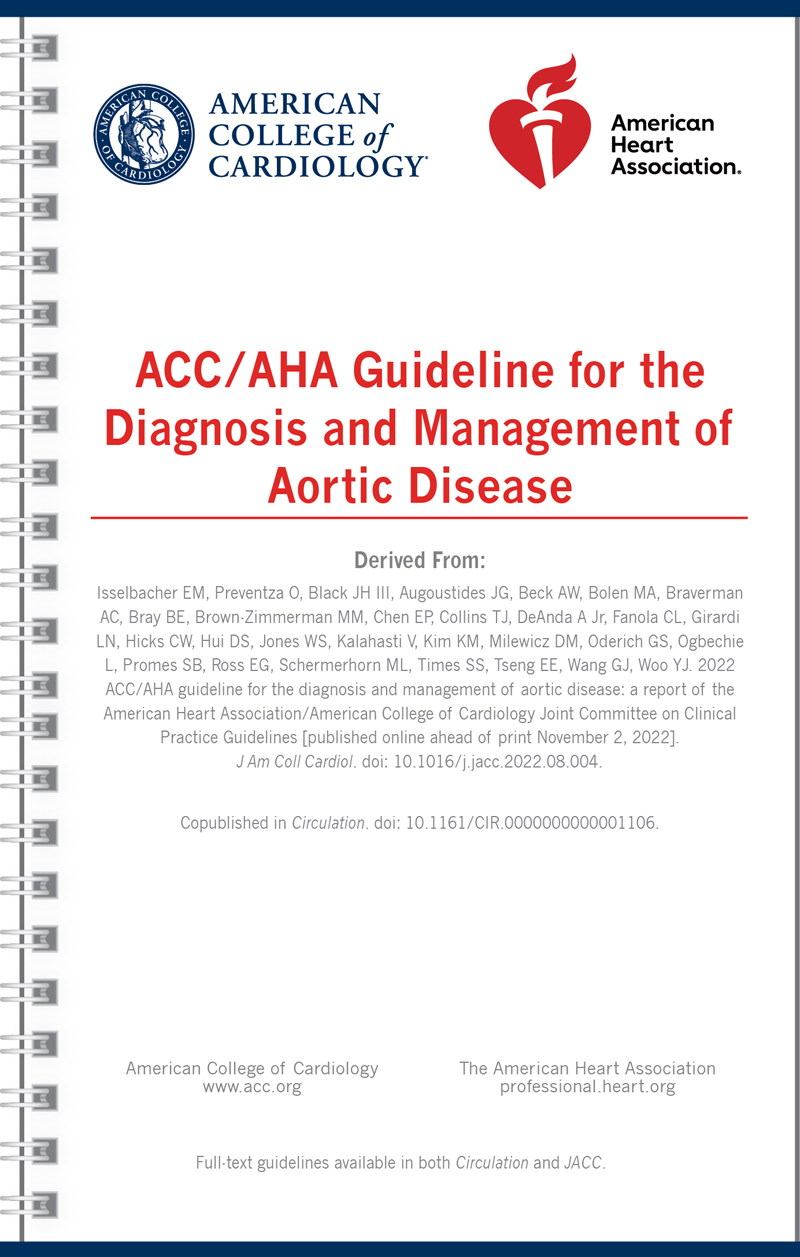
Diagnosis and Management of Aortic Disease
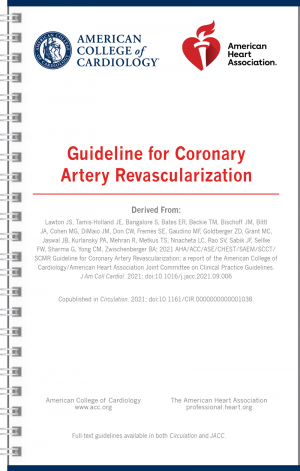
Coronary Artery Revascularization
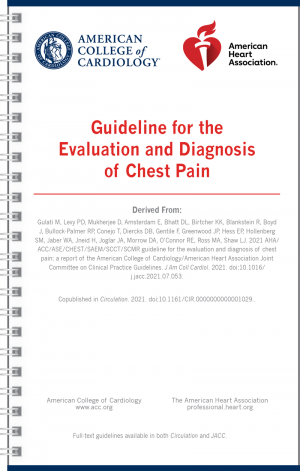
Evaluation and Diagnosis of Chest Pain
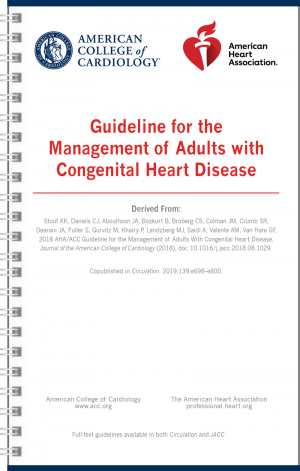
Management of Adults with Congenital Heart Disease
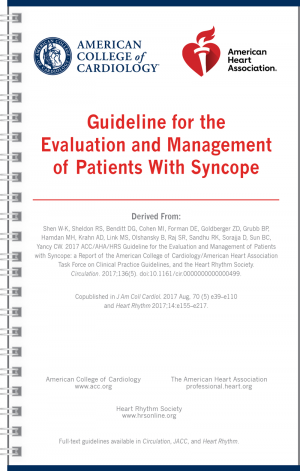
Evaluation and Management of Patients With Syncope

Evaluation and Management of Patients with Bradycardia and Cardiac Conduction Delay
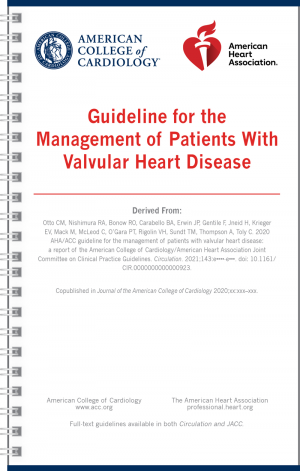
Valvular Heart Disease
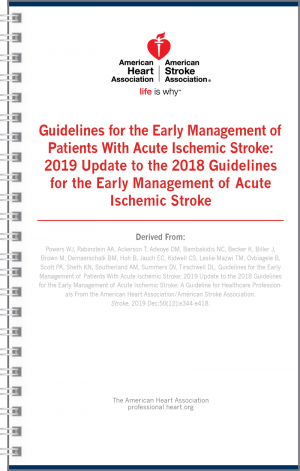
Early Management of Patients With Acute Ischemic Stroke
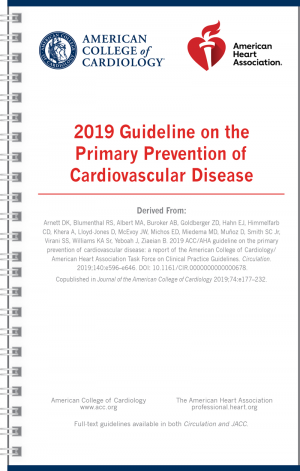
Primary Prevention of Cardiovascular Disease
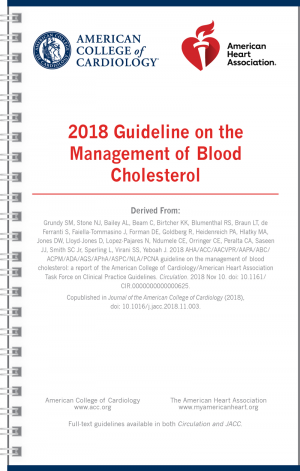
Management of Blood Cholesterol
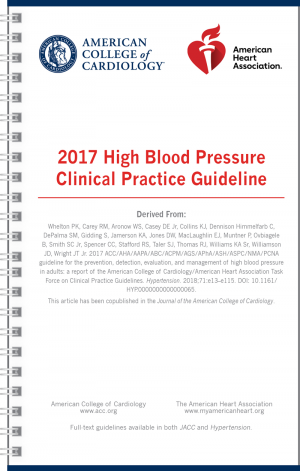
Prevention, Detection, Evaluation, and Management of High Blood Pressure in Adults

Management of Patients With Ventricular Arrythmias and the Prevention of Sudden Cardiac Death
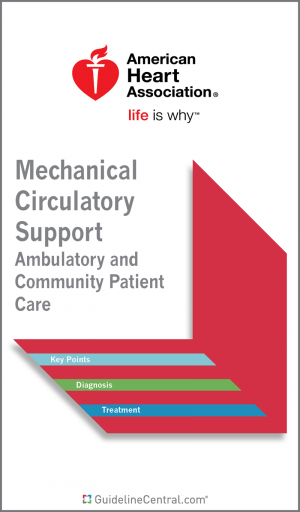
Mechanical Circulatory Support — Ambulatory and Community Patient Care
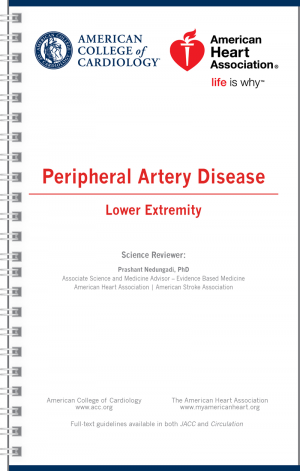
Peripheral Artery Disease Lower Extremity
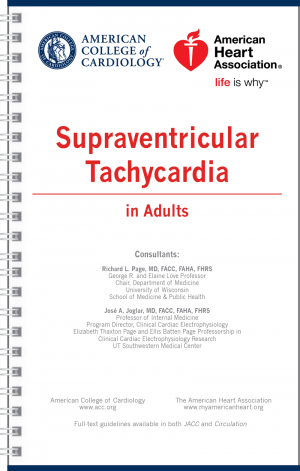
Supraventricular Tachycardia
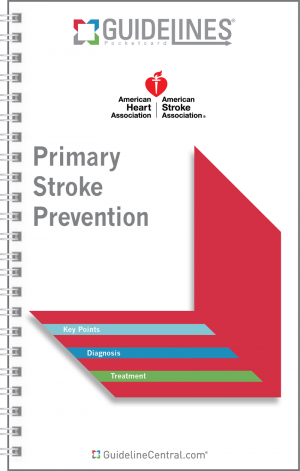
Primary Stroke Prevention
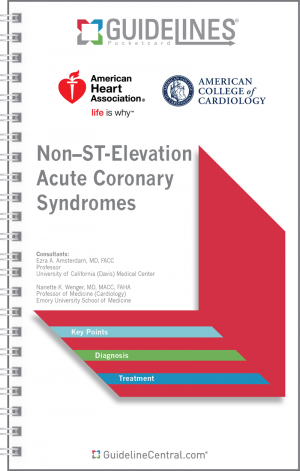
Non-ST-Elevation Acute Coronary Syndromes
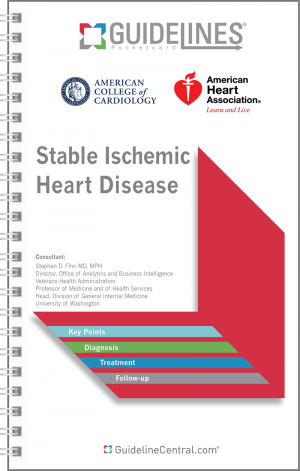
Stable Ischemic Heart Disease
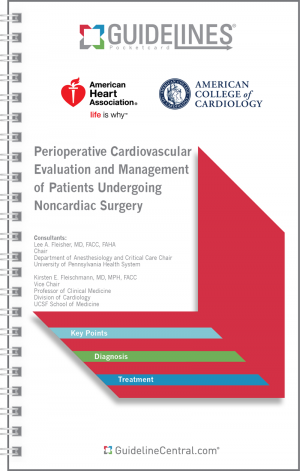
Perioperative Cardiovascular Evaluation and Management of Patients Undergoing Noncardiac Surgery
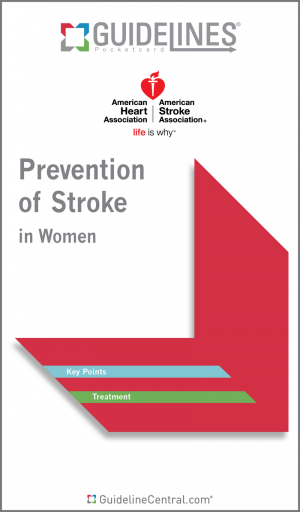
Prevention of Stroke In Women
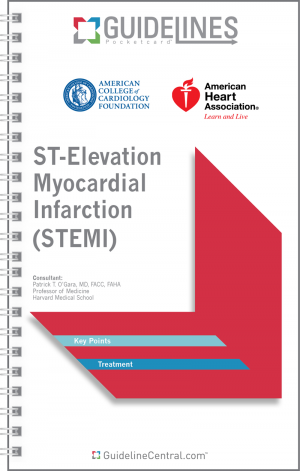
ST-Elevation Myocardial Infarction (STEMI)
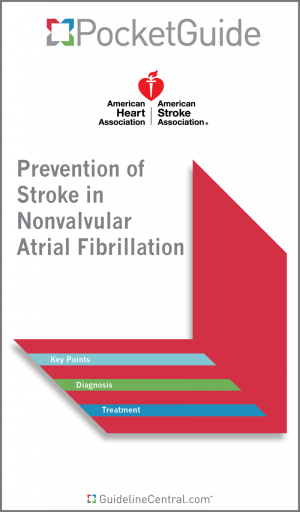
Prevention Of Stroke In Nonvalvular Atrial Fibrillation
